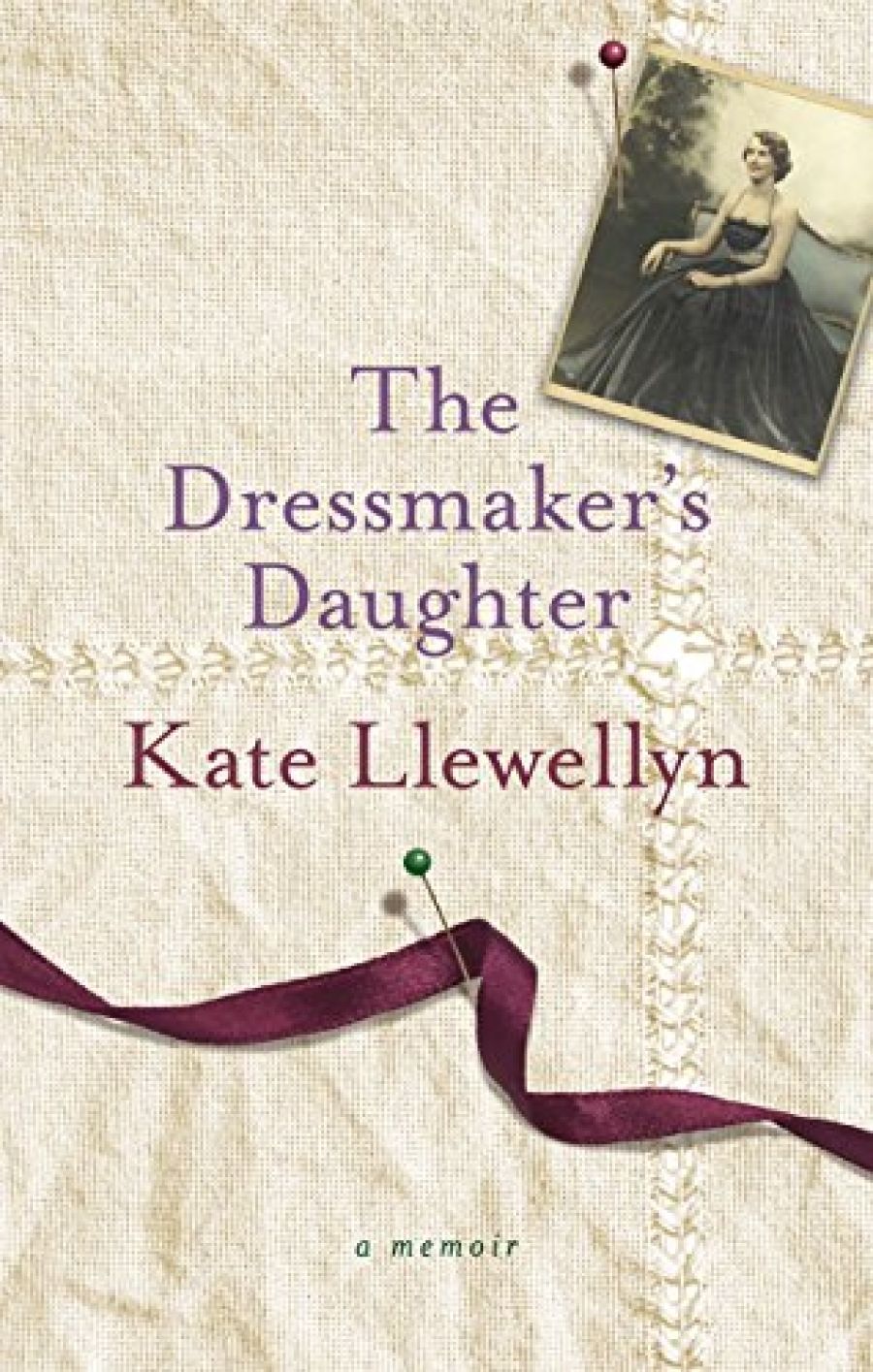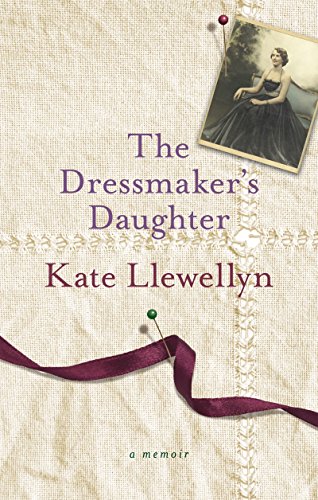
- Free Article: No
- Custom Article Title: Cut and Style
- Review Article: Yes
- Article Title: Cut and Style
- Online Only: No
- Custom Highlight Text:
This memoir moves through points of intensity in Kate Llewellyn’s life, from an idyllic childhood at Tumby Bay on the Eyre Peninsula in the 1940s through to her leaving Adelaide to make a new life in Sydney in the 1980s. By this time she is a recognised poet, but her life is in turmoil. The book does not set out to tell a success story; rather, it describes that uneven movement from childhood innocence through adult experience, with all naïveté, self-delusion, idealism, and hard-learned lessons. It is quintessentially a poet’s book, its stories heightened by arresting images, its movement circling rather than linear.
- Book 1 Title: The Dressmaker’s Daughter
- Book 1 Biblio: Fourth Estate, $32.99 pb, 427 pp
- Book 1 Cover Small (400 x 600):

- Book 1 Cover (800 x 1200):

Childhood is secure and calm by the bay where ‘white daisy bushes grew and blew’. Yet what holds the children’s world in place is their parents’ adoring relationship, which also excludes them: ‘they were having a love affair and we were the interruptions.’ The family romance in its classic female form plays like a bass note beneath all the disarming and alarming stories of childhood and adolescence. Having mother plait your hair or make your clothes is ‘a form of cosseting that gives comfort and creates a serene feeling’. Father is more powerful: making toast at the open fire, he shines like ‘the morning star’.
The young woman drifting from high school into dull jobs is galvanised by desire to train as a nurse, then to leave rural Gawler for the glamour of Adelaide. There is a brief season of ball gowns and dances, then – against her parents’ wishes – marriage to Richard Llewellyn, struck down by polio at twenty and confined to a wheelchair. To the young couple, ‘everything seemed possible’: they were determined to make a normal life together. Parenthood followed, and eventually they opened an art gallery. But there were dark times, too, and Kate tells of falling apart in the aftermath of her father’s death at the same time as the birth of her second child. In the wild 1970s the marriage came unstuck and Kate, as sole parent most of the time, began the studies that would take her through university and into a new life as a writer.
This is one woman’s story, and it is, as well, the story of many women of her generation. These are the author’s South Australian years, and The Dressmakers Daughter is very much a book of this place and time. The family lives on the edge of the desert as her father establishes an Elders stock-and-station agency. They move to a small farm near Gawler, where her mother’s family came from. With German immigrant ancestors on both sides, they live in a period when anti-German feeling caused names of families as well as places to be changed, almost wiping out that particular history of settlement in South Australia. The children experience the frustrations of a rigid school system where their talents and learning difficulties go unrecognised. Girls are trapped by the assumption that they can only become secretaries or nurses. Nursing training involves strict supervision of the girls’ social lives as well as a rigorous regime of work.
The 1960s see Kate coping with her failure to breastfeed and other demands of perfect motherhood, as well as joining in political activism against the war in Vietnam and in defence of the Adelaide parklands. She becomes one of the many talented women enabled to attend university by the Whitlam government's abolition of fees. The Llewellyns are involved in the lively art scene of this period, and Kate is later a founding member of the Friendly Street Poetry group and the Poets’ Union.
This was a transitional period in Australian social and cultural life. Photographs show the radical change of style in the dressmaker’s daughter’s clothes, from the fitted elegance of her wedding frock in 1960, to the mini dress, to the flowing caftan and flowers in her hair of the early 1970s.
‘Cut and style’, for this dressmaker’s daughter, are keys to her art. The materials she uses are varied: family stories, journal entries, letters, her mother's memoir, photographs, and poems. Readers of Llewellyn’s prose will recall their seductive use of letters – Dear You (1988), The Mountain (2004) – and diaries: The Waterlily (1989), Playing with Water (2005). Readers of her poems will recognise many of their key images in this book. Here is a process of returning to key moments, which echoes Kate’s early belief that reading, like swimming, was something you did ‘over and over again'’ in the same pool or the same book, satisfied by ‘the sensuous pleasure of reading’, not looking for plot or ideas. In this way, her memoir enacts the meaning of its epigraph from Kierkegaard: ‘Life is a repetition and this is the beauty of life.’
The circling movement that characterises the rhythms of The Dressmakers Daughter is brought to a series of conclusions that go beyond the chronological end point of its narrative. There is a chapter on Adelaide Writers’ Week and its significance for the author, who has attended every one since it began in 1962. There is a chapter entitled ‘Mothers and Daughters’, which returns us to the book’s title and touches deftly on the complex knot of love and resentment that a daughter feels for her mother. And there is an epilogue which recalls the introductory story of Kate and her brother, Peter, returning ‘like old salmon to the place where we were reared’. Here, Peter speaks about the tragic death in childhood of his daughter, and its consequences.
This epilogue, given over to her brother’s voice, is the poet’s way of reflecting indirectly on what she has done, in bringing back to mind memories of love and loss, regret and joy, to write this compelling memoir.


Comments powered by CComment